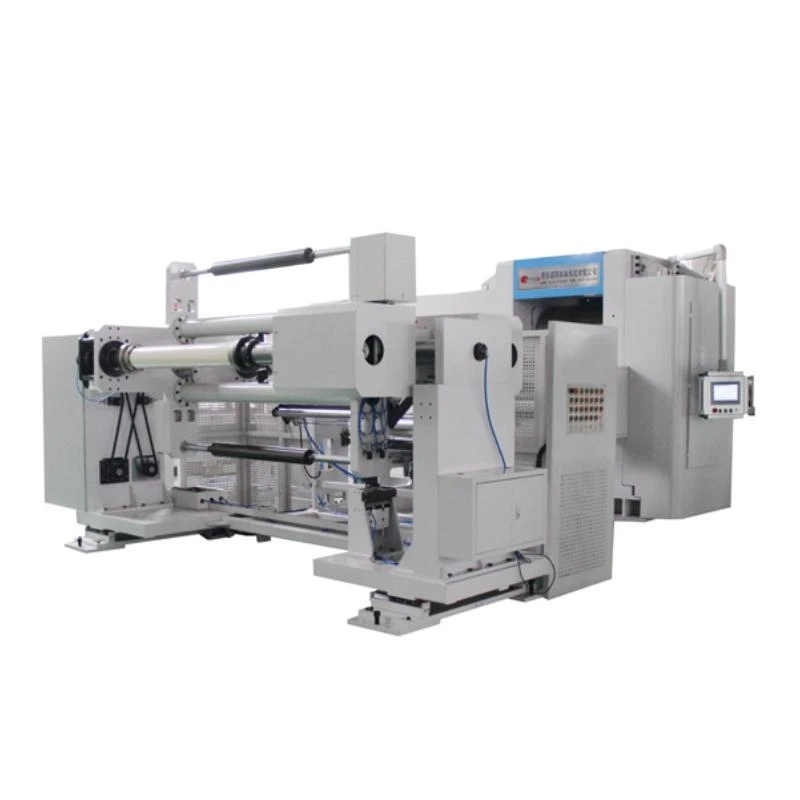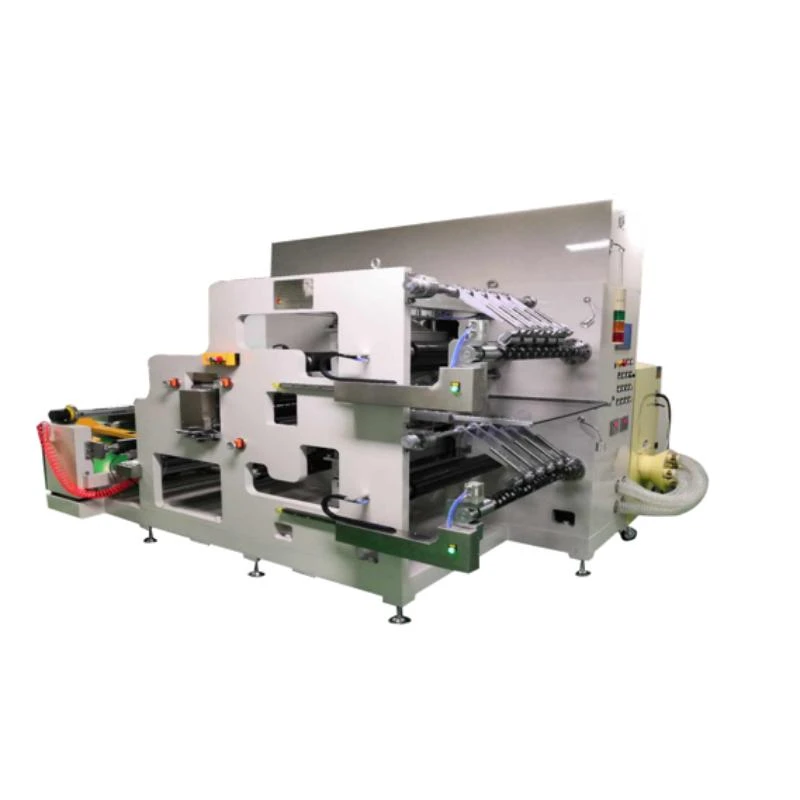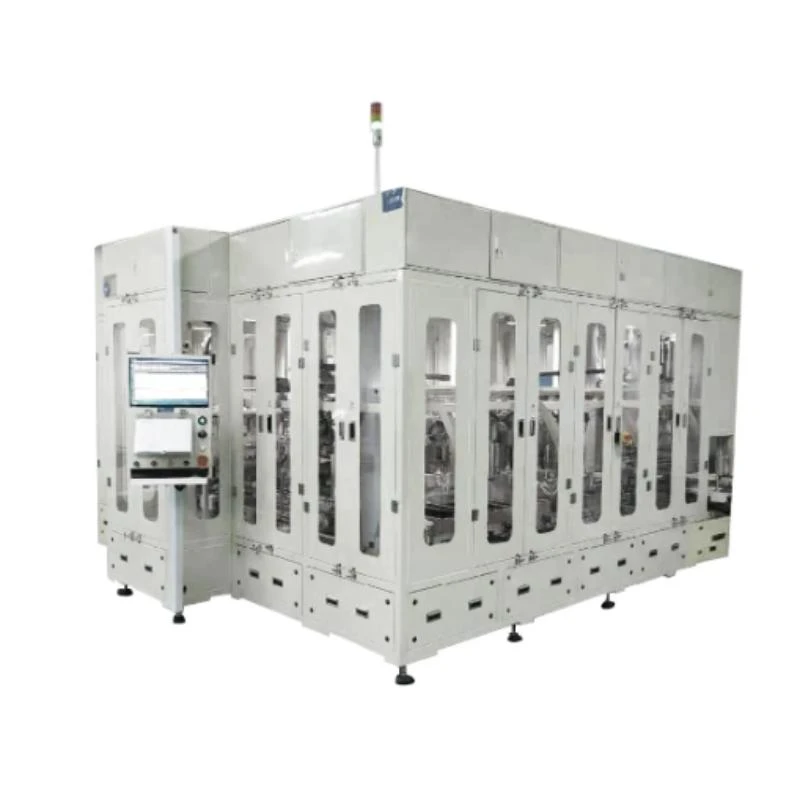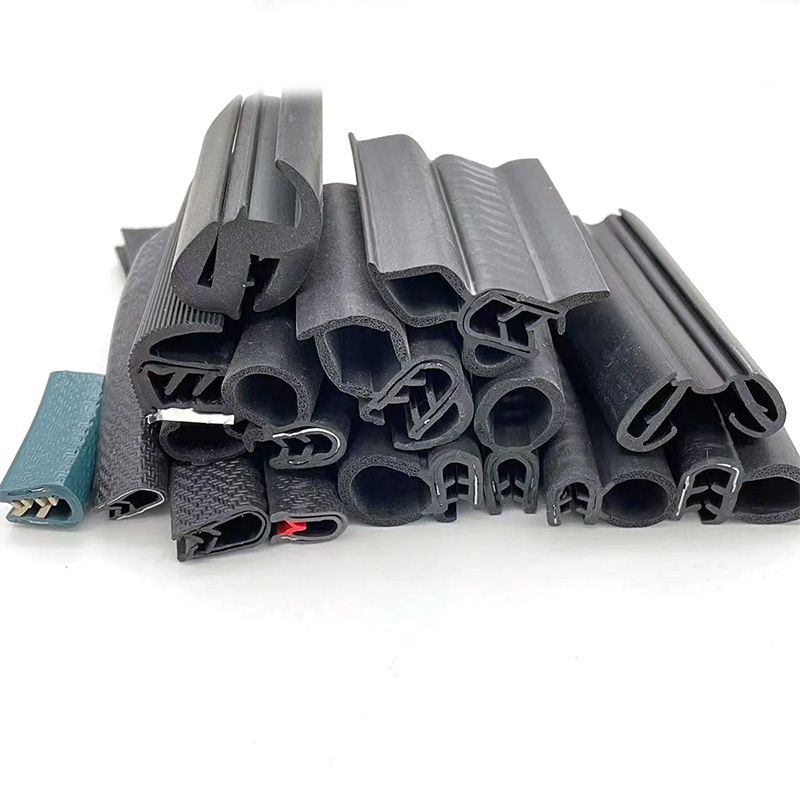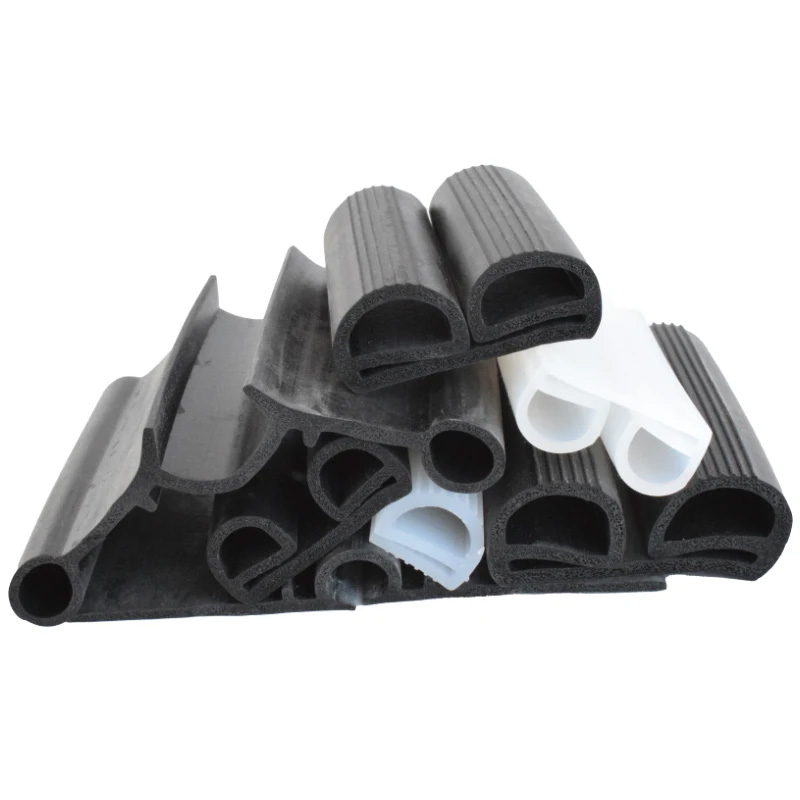Lead Acid Battery Production Line: A Comprehensive Guide
Lead acid batteries are among the most widely used energy storage devices, powering everything from automobiles to backup power systems. The production process of lead acid batteries involves several intricate steps to ensure high performance and reliability. In this article, we will delve into the various stages of a lead acid battery production line, providing a detailed overview of each process.
Lead acid battery production typically begins with the preparation of raw materials. Lead oxide, sulfuric acid, and lead grids are the primary components used in battery manufacturing. These materials undergo stringent quality checks to ensure their purity and suitability for the production process.
The next stage involves paste mixing, where lead oxide, sulfuric acid, and other additives are combined to form the battery paste. This paste is then applied to lead grids through a pasting machine, forming the positive and negative plates of the battery. Precise control of paste composition and thickness is crucial to achieving optimal battery performance.
Once the plates are pasted, they undergo curing in a controlled environment to facilitate the formation of lead sulfate crystals. This step is essential for establishing the battery's initial capacity and ensuring long-term reliability. Curing times and temperatures are carefully monitored to achieve consistent results across production batches.
After curing, the plates are assembled into complete battery cells, along with separators and electrolyte. The assembly process may vary depending on the type and design of the battery. Automated assembly lines are commonly used to streamline this process and minimize human error.
Once assembled, the batteries undergo formation cycling to activate the active materials and stabilize their performance. This involves subjecting the batteries to a series of charge and discharge cycles under controlled conditions. Formation cycling is critical for optimizing battery capacity and ensuring uniform performance across the production batch.
Following formation, the batteries undergo final testing and inspection to verify their performance and quality. Various tests, such as capacity testing, voltage testing, and leakage testing, are conducted to identify any defects or deviations from specifications. Batteries that pass the rigorous testing process are then prepared for packaging and distribution.
In conclusion, the production of lead acid batteries is a complex and highly controlled process that involves multiple stages, from raw material preparation to final testing and inspection. Each stage plays a crucial role in determining the performance, reliability, and lifespan of the batteries. By adhering to strict quality standards and utilizing advanced manufacturing techniques, lead acid battery manufacturers can ensure the production of high-quality batteries that meet the demands of various applications.
This comprehensive guide has provided insight into the various aspects of lead acid battery production, highlighting the importance of each stage in the manufacturing process. With the global demand for energy storage solutions on the rise, the efficient production of lead acid batteries is more critical than ever in meeting the needs of consumers and industries worldwide.
Share
-
Lithium Battery Welding Machine | High-Precision, Fast, SafeNewsNov.17,2025
-
Aluminium Guide Roller | Anodized, Lightweight, Low-NoiseNewsNov.17,2025
-
Tofu Cat Litter Bulk – Eco, Low-Dust, Fast Clumping SupplyNewsNov.17,2025
-
Equipment for Lithium Cell Assembly | Automated & PreciseNewsNov.10,2025
-
Square File Tool – Precision Cut, Hardened Steel, VersatileNewsNov.10,2025
-
Lithium Ion Battery Assembly Machine | Automated, High-SpeedNewsNov.10,2025
